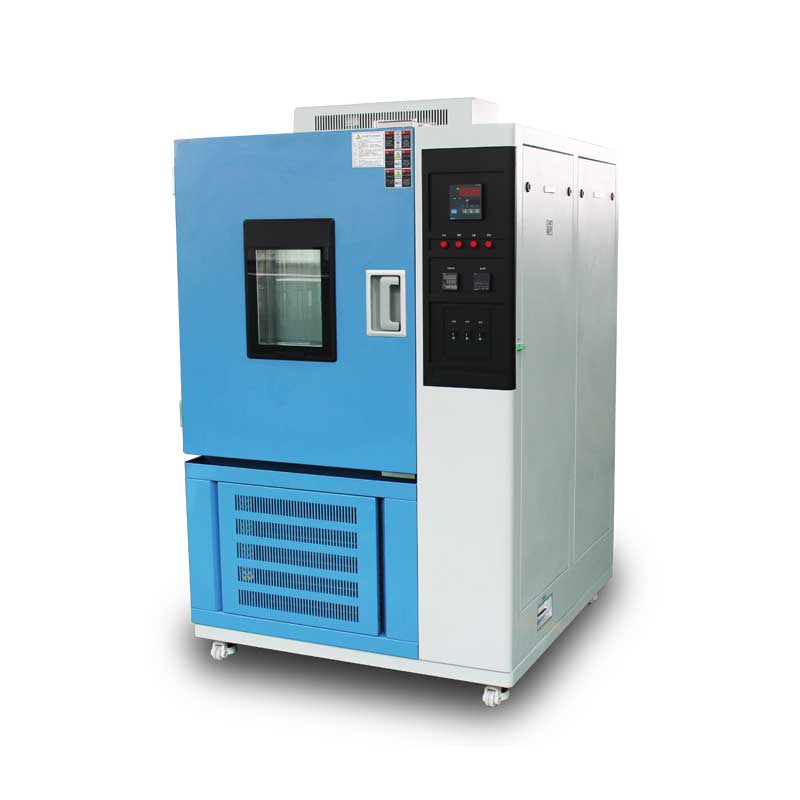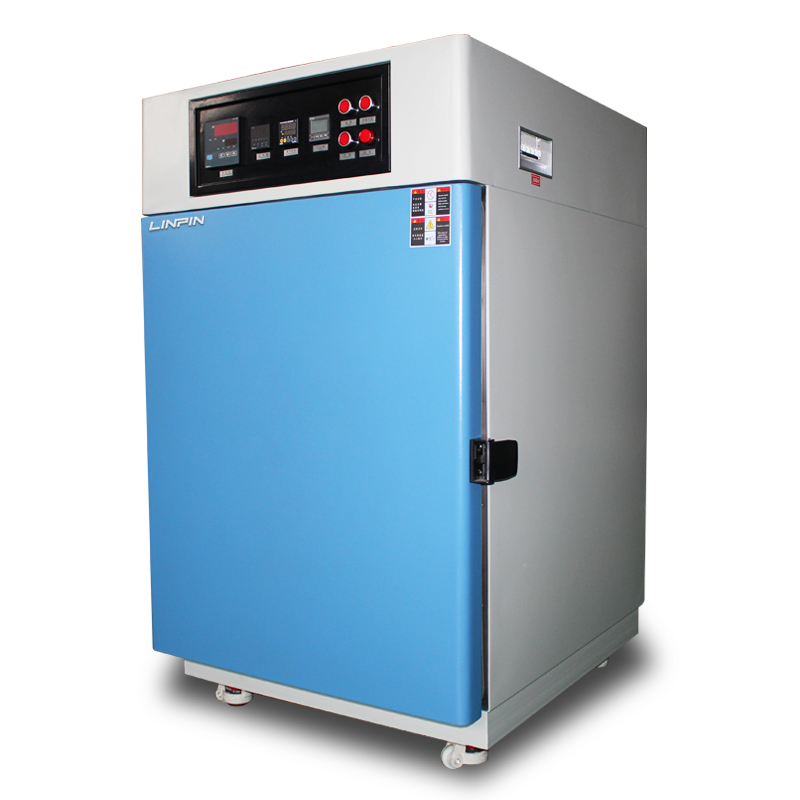How to Distinguish Between a Low-Temperature Test Chamber and an Ultra-Low-Temperature Test Chamber?
Author:LINPIN Update Time:2025-05-15 Source:LINPINA low-temperature test chamber is a device used to simulate and control low-temperature environments, primarily for testing and evaluating the performance of products or materials under low-temperature conditions. It provides a stable low-temperature environment and features temperature control, data recording, and protection functions. The working principle of a low-temperature test chamber involves cooling air, water, or other media to the desired low temperature through a refrigeration system and circulating it to regulate the temperature inside the chamber.
An ultra-low-temperature test chamber is a specialized device designed to simulate and control extremely low-temperature environments, capable of providing temperature control and stability under extreme cold conditions. It is mainly used for performance testing, research, and evaluation of products, materials, or components in ultra-low-temperature environments. Ultra-low-temperature test chambers typically achieve a lower temperature range, generally between -70°C and -150°C, or even lower. Their working principle is based on cooling technologies such as liquid nitrogen refrigeration, refrigerant evaporation cooling, and compressor cycle refrigeration.

Low-temperature test chambers and ultra-low-temperature test chambers are two types of equipment used for temperature testing and experimentation. Their differences lie in the achievable temperature range and application scenarios. Below are their distinctions:
-
Temperature Range: A low-temperature test chamber typically achieves a lower temperature range, generally between -40°C and room temperature. In contrast, an ultra-low-temperature test chamber can reach much lower temperatures, usually between -70°C and -150°C, or even lower.
-
Application Fields: Due to the difference in temperature ranges, low-temperature test chambers are mainly used to simulate and test items in general low-temperature environments, such as refrigerated food, electronic products, and materials. Ultra-low-temperature test chambers, on the other hand, are primarily used for testing in more extreme low-temperature environments, such as aerospace, military, and pharmaceutical fields.
-
Cooling Methods: Low-temperature test chambers usually employ mechanical or compressor refrigeration methods, achieving low temperatures through the circulation of refrigerants. Ultra-low-temperature test chambers, however, require advanced cooling technologies, such as liquid nitrogen or refrigerant evaporation cooling systems, to achieve even lower temperatures.
-
Equipment Cost and Energy Consumption: Due to the need for high-end cooling technologies and materials, ultra-low-temperature test chambers generally have higher equipment costs and energy consumption compared to low-temperature test chambers, which are relatively more economical and practical.
The choice between the two depends on specific testing requirements and the desired temperature range. If the testing does not require extremely low temperatures, a low-temperature test chamber may be a more cost-effective and practical option. However, if testing under extreme low-temperature conditions is necessary, an ultra-low-temperature test chamber is more suitable.





